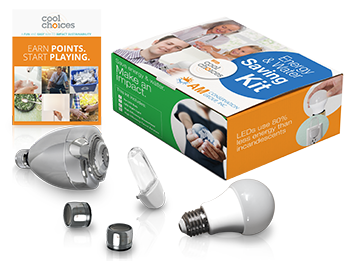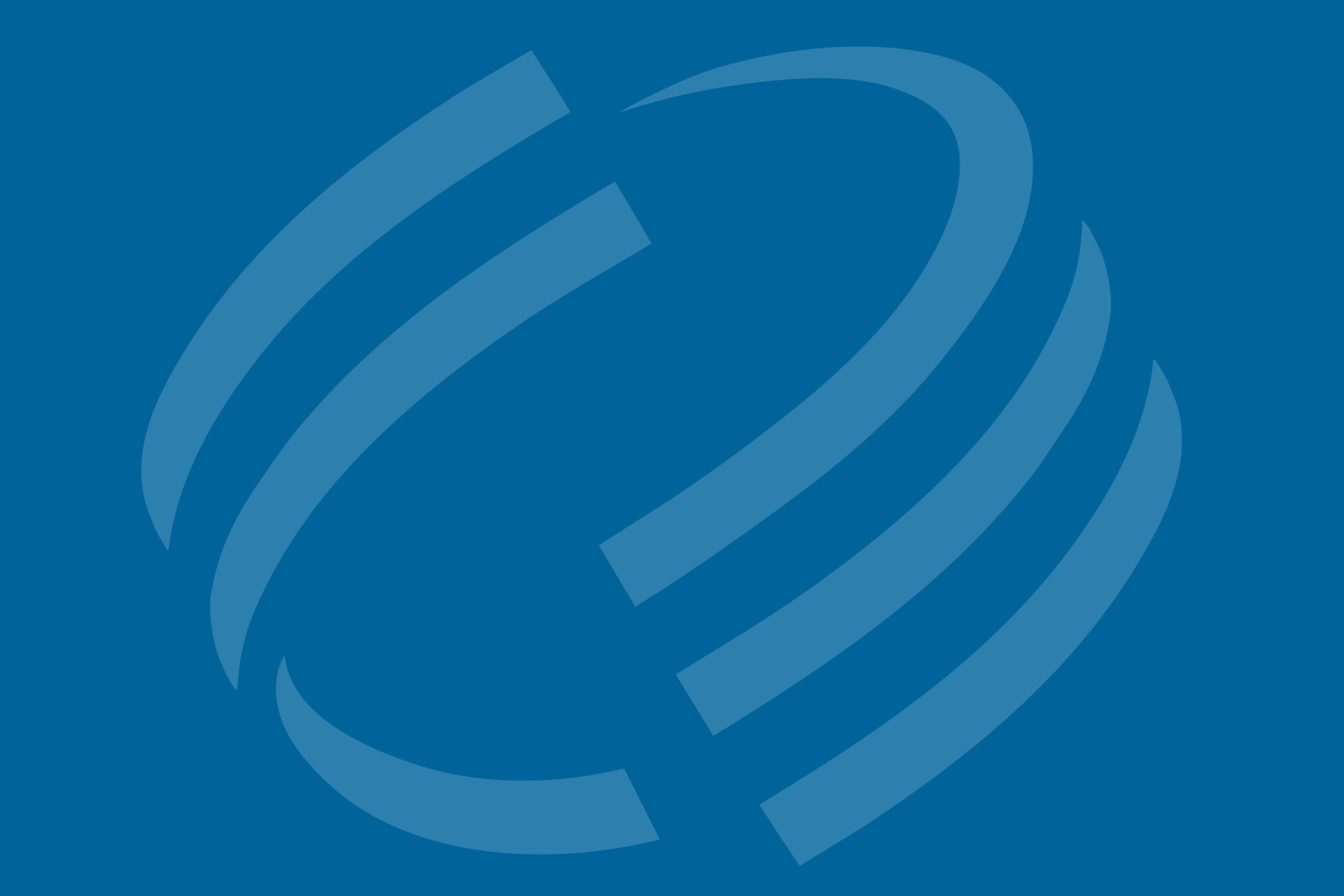Energy savings “kit” programs have been instrumental to utilities since their introduction in the 1990s. Since then, kit products have continued to evolve and respond to various updates and upgrades in technology and quality.
Today, energy savings kits continue to offer utilities a consistent source of energy savings across the country. They are an easily-implemented tool for achieving high energy savings with low cost yet high quality products. The energy saving opportunities of these products packaged into kits are thoroughly vetted by the energy efficiency industry through third party evaluations and technical resource manuals, and offer a reliable source of energy savings when installed.

Essential Communication Tools
Energy savings kits not only offer utilities and consumers energy savings, they also provide an efficient way to communicate the benefits of other utility programs to an end user. The kits can be mailed to users who complete online audits, delivered through energy education programs in K-12 schools as added curriculum, and directly installed during on-site, in-home energy audits of properties.
A typical energy savings kit contains:
- Compact fluorescent lights (CFLs)
- Faucet aerators
- High efficiency showerheads
Depending on the situation and functionality of the kit, customers may also find water heater pipe insulation, water heater set-back, furnace filter alarms, advanced power strips, weather-stripping, LED nightlights, and flow rate bags.
These products can be essential in introducing helpful water and energy savings techniques to constituencies and increasing participation in utilities programs.
Taking Advantage of New Opportunities
One of the greatest benefits of using energy savings kits is the ability to take advantage of new opportunities that emerge with time. These include:
- Emerging markets – Kits can be used as a way to reach out to customers in new markets to increase utility program awareness and promote other programs.
- Customer segmentation – Energy savings kits allow utilities to target customer segments that may otherwise be difficult to reach, such as rural communities and multi-family customers. Increasing program participation with these populations allows for more energy savings across the board.
- New technologies – Newer technologies can be included in kits (in addition to typical kit measures, like LEDs) to increase penetration rates and explore customer reactions and usage.
- Competitive energy markets – Energy kits can be an effective way of introducing different energy provider options to potential customers in competitive energy markets.
Evaluations Reviewed and Key Findings
Given the level of utility investment in kit-based programs, ILLUME, an energy efficiency program consultancy group to utilities and program managers, wanted to undertake a review that looked at whether or not these models were successful in supporting overall utility portfolio savings. They examined energy kit programs from 11 different jurisdictions across the U.S., covering a variety of program designs, including mass mailings of kits, direct installation of kit measures, kits as a part of a survey (online, mail, or phone) or personalized energy report, home energy audit, or K-12 education program, low income energy education, and kits as rewards for program participation.
The study revealed that the level of savings per kit can vary for several different reasons. First, the savings values identified vary based on the source and type of evaluation performed. Some savings represent ex ante values (like New York and Indiana), while others represent net values (like Wisconsin and California).
The evaluation method used can also vary. For example, customer surveys were used in Indiana, while a billing analysis was conducted in Kentucky.
The delivery type employed and the implementation of the program can greatly affect per home savings values. If the kits are direct installed, program representatives have the opportunity to identify areas in the home where there are energy savings opportunities and work with the customer to install measures where they are needed and most likely to remain installed and used.
The number of kit measures can easily be scaled up based on the number of viable savings opportunities, as resources allow. Kits that are mailed or installed by the customer do not have this luxury, and therefore program administrators must exercise caution in providing too many measures per kit, balancing the possibility that not all measures may get installed.
Ultimately, they found that achieving high measure installation rates is integral to maximizing per home energy savings values. Maintaining a high level of installation and a persistence of installation is critical to the success of these program models.
Learn More in Illume’s Informative White Paper
The benefits and advantages of energy savings kits are explored in full detail in Overview of Energy Savings “Kit” Programs: Background, Challenges, and Opportunities.The document, compiled by the experts at Illume, delves into:
- the history of kit programs,
- key evaluation results and takeaways,
- review of TRM savings for kit measures,
- key considerations for optimizing kit savings,
- opportunities for growth,
- case studies,
- and much more!
Visit AM Conservation Group today to download your free copy of the Overview of Energy Savings Kit Programs: Background, Challenges, and Opportunities, and learn how to utilize these powerful tools to achieve energy savings through your energy efficiency programs.





